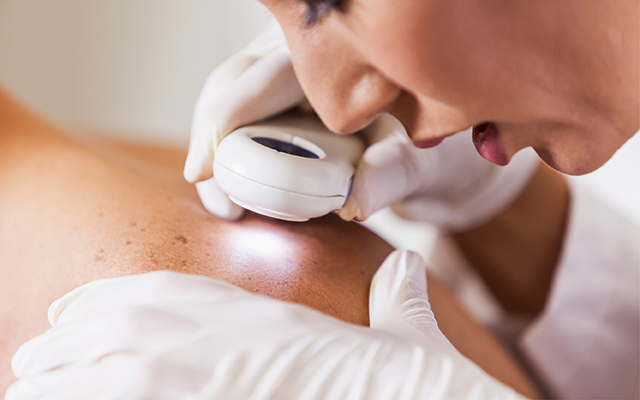When it changes, says Valori Treloar, MD, an integrative dermatologist in Newton, Mass. She suggests doing a self-exam of all moles once a month, paying close attention to any that look or feel different than they did the month before.
“Cancer, by definition, is growth that’s out of control,” she explains. “This means it continues to evolve and, since it’s out of control, the growth is disorderly; it looks weirder and weirder.
“So change is the most important clue: If the mole is getting bigger, darker, redder, bumpier, or scalier, or it’s undergoing any other change over a period of a couple of months, have it looked at.”
Normal irritation and minor infections, she notes, will usually heal in about a month.
And she points to the American Academy of Dermatology’s ABCDE guidelines for melanoma:
- Asymmetry
- Border irregularity
- Color irregularity
- Diameter (Melanomas are usually greater than 6 mm, the size of a pencil eraser.)
- Evolving
“If you have a personal or family history, in a first-degree relative, of basal cell carcinoma, squamous cell carcinoma, or malignant melanoma — or a rarer skin cancer — I recommend an annual full skin exam,” says Treloar. “I also suggest this for people who have used a tanning booth more than 10 times and for those with a history of actinic keratoses (precancers) or dysplastic nevi (irregular moles).
“I usually tell my patients who fall within these criteria: Once a year by me is a good idea, but it’s not as good as once a month by you.”




This Post Has 0 Comments